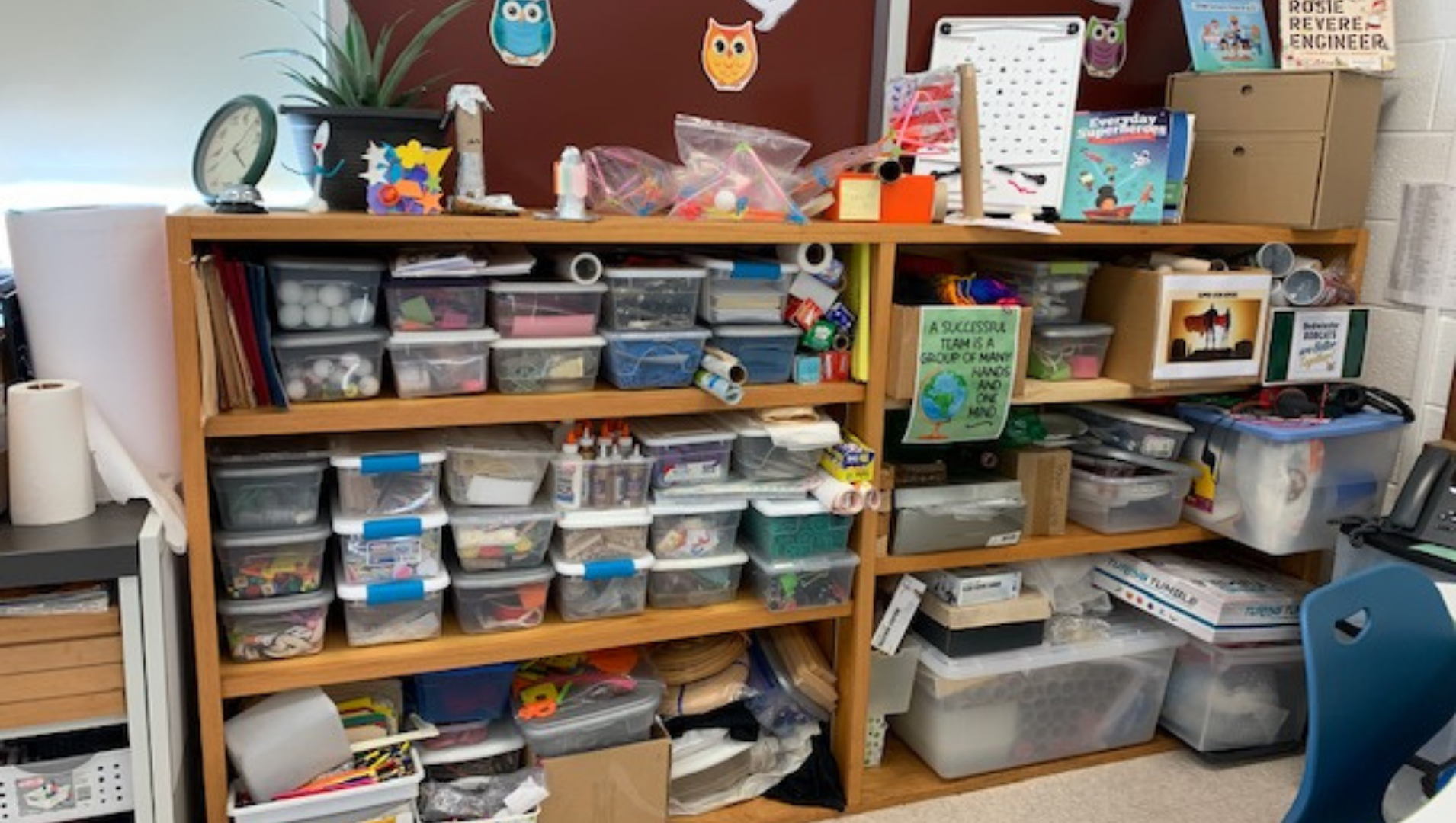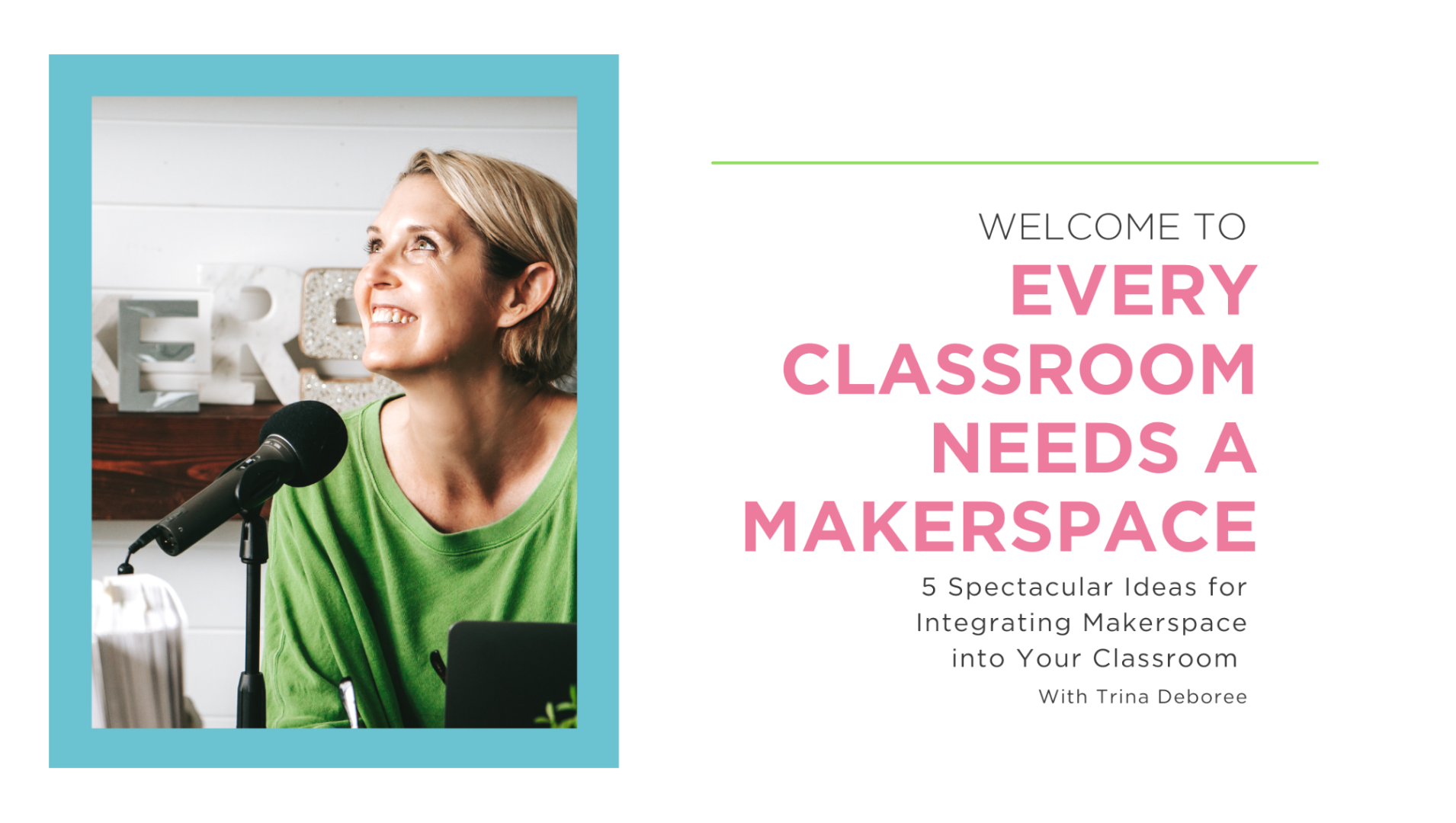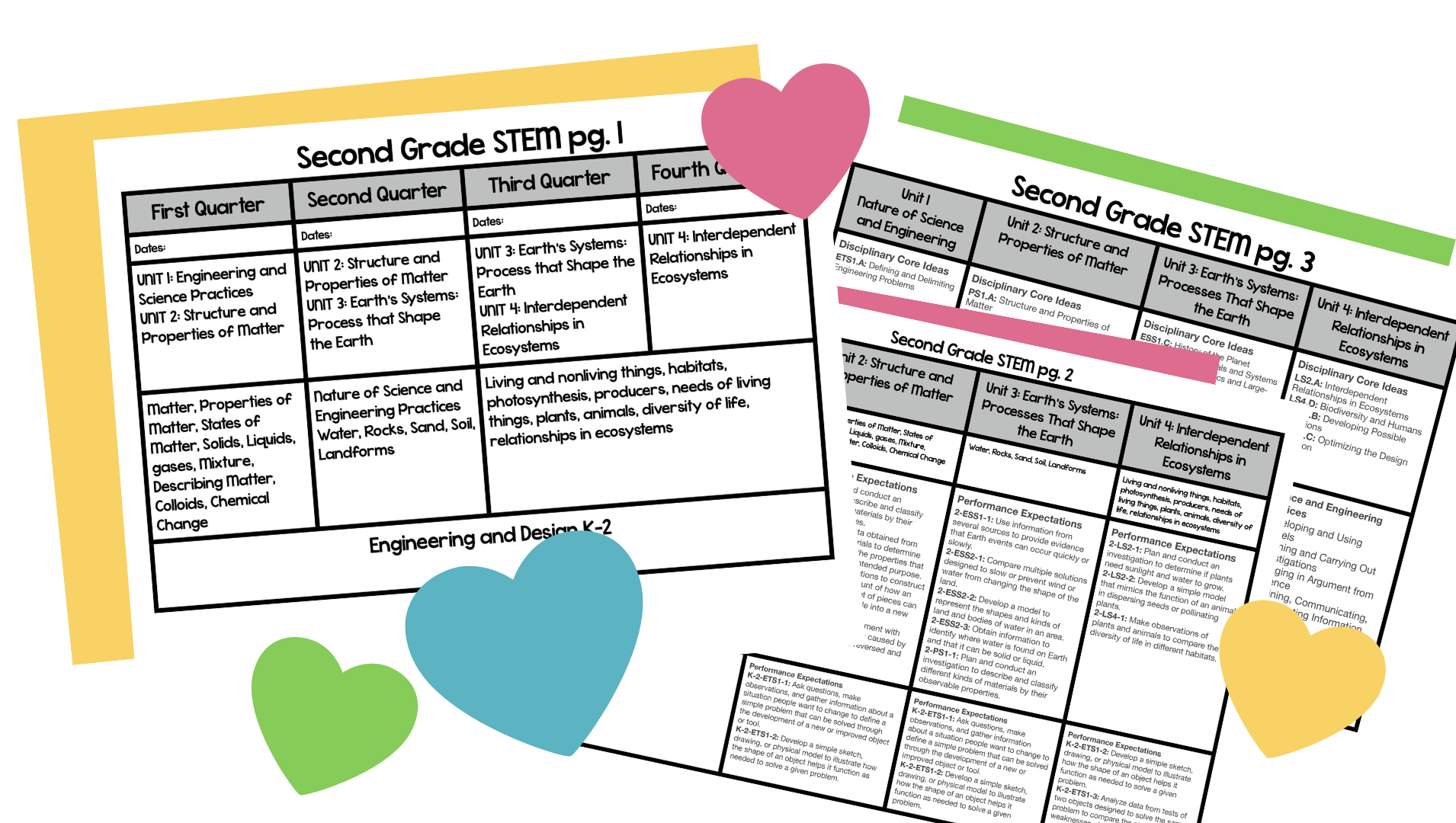6 Key Ideas to Keep in Mind When Launching a Makerspace
Do you want to avoid your classroom or library feeling like a boring, stuffy old place where creativity goes to die?
Well, have no fear! The maker movement is here to save the day (and your sanity). But before you start stocking up on glitter, glue sticks, duct tape, and art equipment, you need to keep a few key ideas in mind when launching your collaborative space.
First things first: what exactly is a makerspace? In short, it's a community-driven workshop/mindset where people come together to create, tinker, and experiment with new ideas. It's a place for makers (aka anyone who loves to create) to gather and explore their passions in a collaborative environment.
The Concept of Makerspace
Makerspaces are the latest buzzword in education. But what on earth is a makerspace? A space where you go to make things, like an art class, right? Well, not quite. Makerspaces are more than just craft rooms. They're creative spaces that allow students to use various tools and technology to bring their ideas to life.
Now, there are two types of makerspaces - ones you create at home and ones created by schools. If you're looking to build your own makerspace at home or in your classroom, you'll need some basic materials like cardboard, craft sticks, toothpicks, and more. Click below for a list of materials to get you started.
If you're lucky enough to have school makerspaces nearby, you only need your creativity! These maker labs offer everything from coding classes to woodworking workshops, allowing students and young people to explore their interests and express themselves in unconventional ways. Plus, larger-scale maker spaces can contain more advanced tools like 3-D printers, laser cutters, and more.
Benefits of Having a Makerspace
A makerspace is a designated area where students can let their creativity run wild. By having a makerspace in the classroom, students can explore and experiment with new ideas and new things in different ways in a new space. It's like recess for their brains, and makerspace can be the most important thing to kids who feel reluctant at school.
Not only does a makerspace encourage creative thinking, but it also fosters a sense of community within the classroom. Students can work together on projects and build relationships that go beyond just sharing pencils during class. Plus, collaboration is such an essential skill in today's job market; having experience working in groups is invaluable and prepares students for the 21st century.
Community Makerspace, such as in the classroom or the school library, encourages creativity and hands-on learning and can collaborate with a group of students in a community-operated workspace focusing on the design process.
But wait, there's more! A makerspace for benefits not only students but teachers as well. Teachers can use the space to try new teaching techniques or experiment with different lesson plans. It's like having your own personal laboratory right in your classroom!
6 Key Ideas to Keep in Mind When Launching a Makerspace:
Planning
You are embarking on an exciting journey that will help students develop new skills and engage in collaborative learning. But before diving headfirst into this project, keeping a few key ideas in mind is essential.
The first step is planning. A successful makerspace requires careful planning to ensure you have the necessary resources. You need to determine what kind of space you want, what equipment you'll need, and where you will gain your materials, but don't worry, parents, grants, and even trash will go a long way.
Start with thinking carefully about how your makerspace can best serve the needs of your students and community. This will help you determine precisely what you need.
Once you've decided on your vision for the space, it's time to collect materials.
Assessing Needs and Finding Donations
A makerspace is more than just a collaborative workspace with fantastic tools and gadgets. It's about providing free access to resources that spark creativity, foster curiosity, and inspire innovation. But before offering these benefits to your students, you need to determine what they want and need from the space. Do they crave high-tech equipment like laser cutters or prefer low-fi materials like cardboard boxes? Are they interested in coding or crafting? Surveying their interests will help guide your donations and ensure the makerspace meets their unique needs.
Reaching out to parents and local businesses is the perfect way to get the necessary resources for your maker culture. Writing a simple letter home can result in more cardboard and toilet paper rolls than you can imagine.
Letters to local businesses also help greatly. Many big companies want to support STEM in schools. So this is easier than you think.
Need a step-by-step process to launch a makerspace with letters included and so much more? Be sure to check out my all-inclusive Mastering Makerspace course designed for teachers and educators.
Space
The good news about the space is you don't really need space. Yes, you read that correctly. Makerspace is more about the mindset.
What do we mean by "space as a mindset"? Creating a makerspace isn't just about building physical space; it's also about cultivating a maker mindset among your students. This means encouraging them to think outside the box, take risks, and embrace failure as part of the learning process. It means permitting them to experiment with new ideas and allowing them to explore their passions without fear of judgment or criticism.
And Makerspace can be portable, in a closet, or even outside if needed. The actual space does not need to take up a lot of room. It's time for even educators to think outside of the box with Makerspace. Problem-solving is vital for us and for the kids. A suitable space may exist in your mind, but anything is possible, even in a small area. New opportunities are right around the corner.
Equipment and Supplies
Are you tired of boring classrooms that stifle creativity? Today's students need more than just a textbook and a pencil to learn. That's where makerspaces come in! These innovative learning environments are designed to inspire students through hands-on projects using a variety of maker equipment.
From 3D printers to laser cutters, makerspaces offer students a wide range of tools to explore their creativity. But the fun doesn't stop there - other equipment such as robotics kits, sewing machines, and even simple materials like Play-doh and Legos can all be found in these magical spaces. With such a vast array of resources at their fingertips, students can dive into projects that spark their interests and push them toward new horizons.
So why settle for less when it comes to education? It's time to embrace the power of makerspaces and equip our classrooms with the tools needed for creative learning.
When signing up for Mastering Makerspace, you will also receive a FREE supply list and a FREE Makerspace Start-Up Kit as a bonus for joining this outside-of-the-box training.
Curriculum Integration and Aligning Makerspace Activities with Educational Goals
Curriculum integration is the name of the game when it comes to makerspace activities in schools these days. Makerspaces allow students to access materials and tools to create and build whatever their little hearts desire. And let me tell you, giving kids free time with some maker tools can be a little nerve-wracking but oh-so worth it for all the STEM and problem-solving skills they develop.
But how do we ensure that this free-wheeling creativity correlates with educational goals? Well, that's where aligning makerspace activities comes into play. Students can develop a deeper understanding of concepts by integrating literacy goals such as reading and writing prompts into makerspace projects while honing their creative abilities. Plus, who wouldn't love to learn about force and motion by building an epic Superhero car that can travel up or down a ramp?
Integrating STEM can also be a powerful way to make the most of your teaching time and your makerspace. Look at this STEM scope and sequence for ideas on integrating multiple disciplines and makerspace.
Promoting Participation and Enthusiasm
Are you tired of hearing the sound of crickets in your classroom or makerspace? Does it feel like pulling teeth to excite your students about collaborative projects and critical thinking?
First things first, let's talk about collaboration. It's time to ditch the individualistic mindset and encourage teamwork. Assign group projects or divide students into teams for hands-on activities. This promotes communication skills, problem-solving abilities, and a sense of community within the classroom. Plus, who doesn't love making new friends based on common interests or hand tools?
Next up is critical thinking. Instead of spoon-feeding information to your students, it is a good idea to challenge them with thought-provoking questions that require analysis and evaluation. Create a safe space where mistakes are seen as opportunities for growth rather than failures.
Getting students involved in makerspace can make all the difference. You can do this from the start. Give students choices, and allow them to have some say in the space, the materials, and the activities inside the makerspace. All these different things will help students have buy-in and will help create a nation of makers.
Conclusion: Summarizing Benefits and Importance of Makerspaces in Education
In conclusion, makerspaces are more than just a trend in education. They provide students with a collaborative, hands-on learning environment that encourages creativity, problem-solving, and innovation. By allowing students to work with different tools and materials, they gain confidence in their abilities and develop a passion for learning beyond textbooks.









